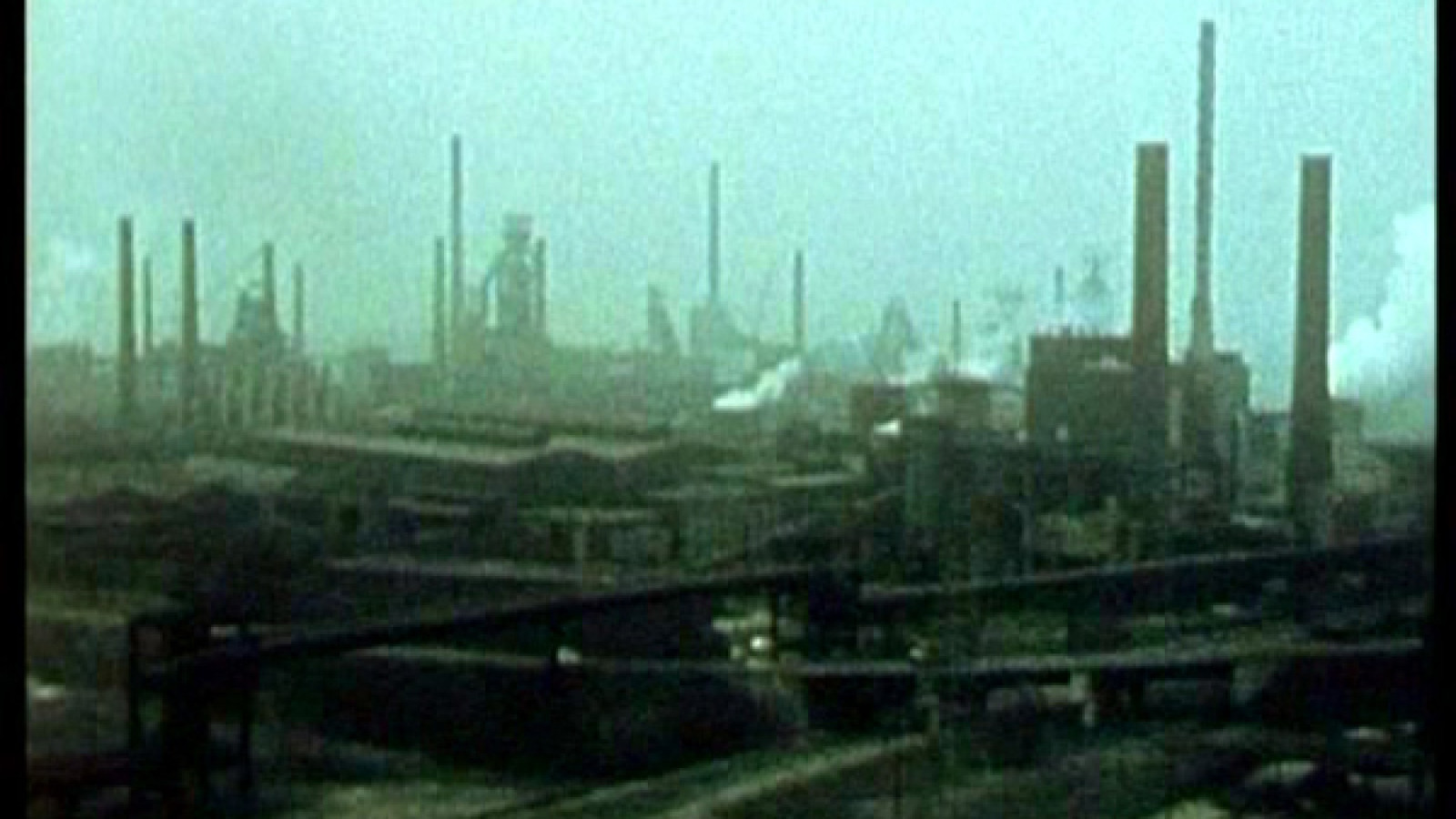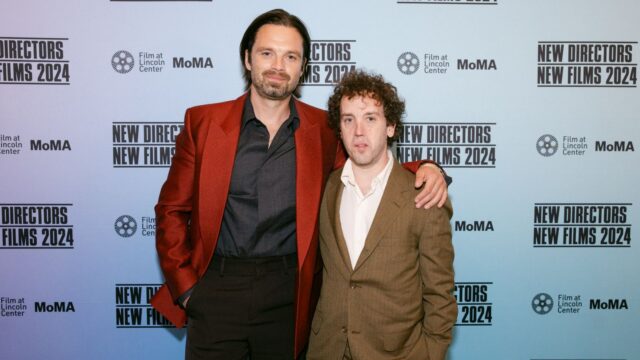Studies for the Decay of the West

Klaus Wyborny | Germany | 1979/2010 | 80m
color | sound | Super 8 transferred to DigiBeta
Filmmaker in person!
A Music Film in five parts
1: Tiring; tumbling towards the end
7 parts, edited directly in the camera, shot in the Ruhr (spring 1980) (10m, 30 sec)
2: Serene; in the way of ants
13 parts (6 double-exposed) shot in the same way in the Ruhr (1980) (11m, 16 sec)
3: Classical; radiant with glory
8 parts (4 double-exposed) in the Ruhr (1980) and Athens (1991) (9m, 32 sec)
4: About the Light of the North
13 parts (8 double-exposures) in Hamburg (1983/84), La Gomera (1984) and East Africa (1981/82) (20m),
with an intermezzo “Out of New York” (1987) (12m)
5: From the New World
16 parts shot in Hamburg (1984), Rimini (1990), Cleveland and Columbus, Ohio (1979)
(13m, 48 sec)
Total number of shots: 6.299
Wyborny’s latest flicker film concentrates on factories, industrial wastelands, waterways, cityscapes, and the bits in between, and has an uncanny emotional resonance. It is “serene, in the manner of ants”—to quote the title of the second section—but it is also elegiac and melancholy. Like two other old cranks (Godard and Straub), the director stays true to ideas about filmic composition gestated over many years and thereby provides a glimpse of a utopian cinema.—Thom Andersen, Film Comment, Jan/Feb 2011
In Wyborny's “musical film,” every new sound triggers a new image: 6,299 shots, all directly edited within his Super-8 camera. An intoxicating, stroboscopic trip to industrial, natural and urban landscapes in East Africa, New York, the Ruhr region and Rimini. This experimental music film refers to Oswald Spengler’s world-famous 1918 philosophical work The Decay of the West. Culture pessimist Spengler argues that progress is an illusion and that the modern era brings little good. People are no longer able to understand the rationality of the world. Wyborny does not set out to make a film version of Spengler's theories, but rather a visual reflection on the modern age; a stroboscopic journey in five parts to industrial, natural and urban landscapes. He uses 6,299 shots, edited directly in a Super-8 camera. Each piano note and violin vibrato evokes a new image: demolished buildings, rubble, destruction and nature. This film forms a counterpart to Wyborny’s previous films series Eine andere Welt. Lieder der Erde II (2004/2005).
With thanks to the Goethe-Institut New York for their generous support of this program.







